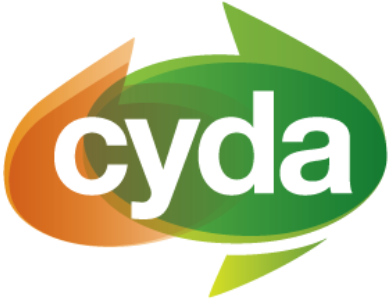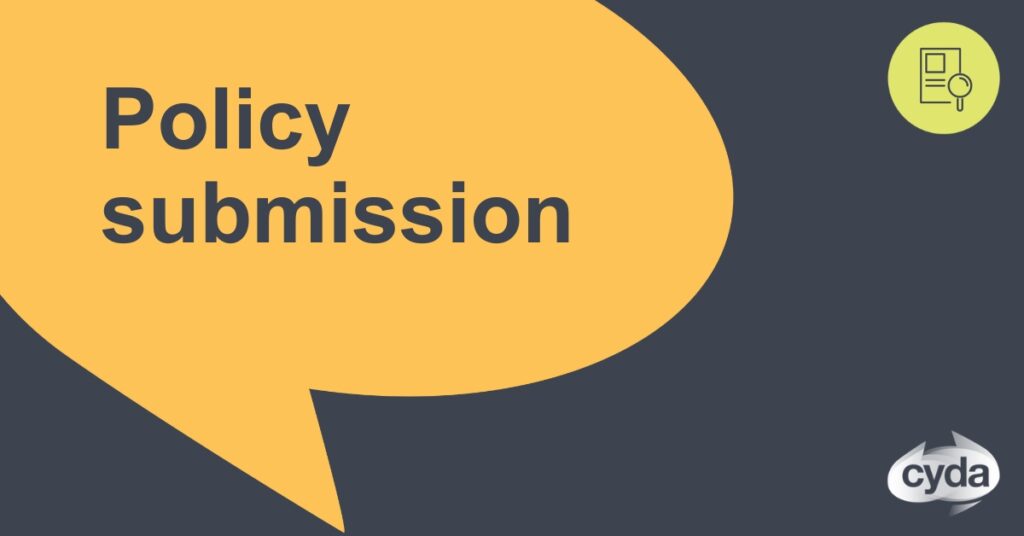
Children with Disability Australia (CDA) is the national representative organisation for children and young people with disability aged 0 to 25 years. The organisation is primarily funded through the Department of Social Services (DSS) and is a not for profit organisation. CDA has 5200 members nationally.
Children with Disability Australia has received specific funding from DSS to undertake project work regarding the Royal Commission into Institutional Responses to Child Sexual Abuse. Through this work Children with Disability Australia provides information, referral and systemic advocacy regarding the experiences of children with disability who have experienced abuse.


